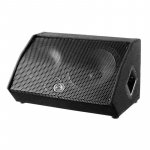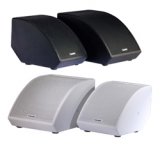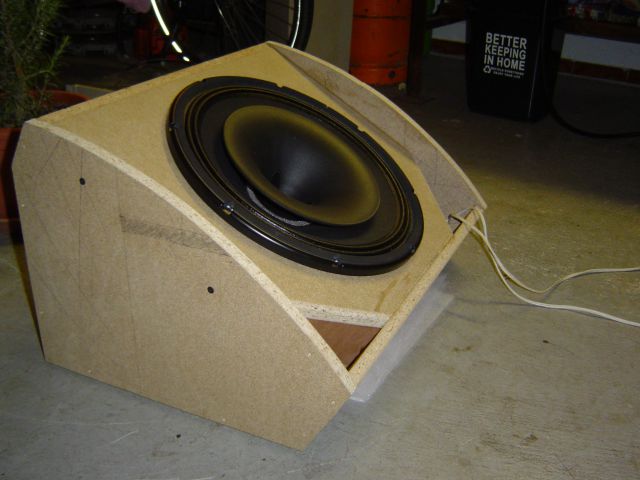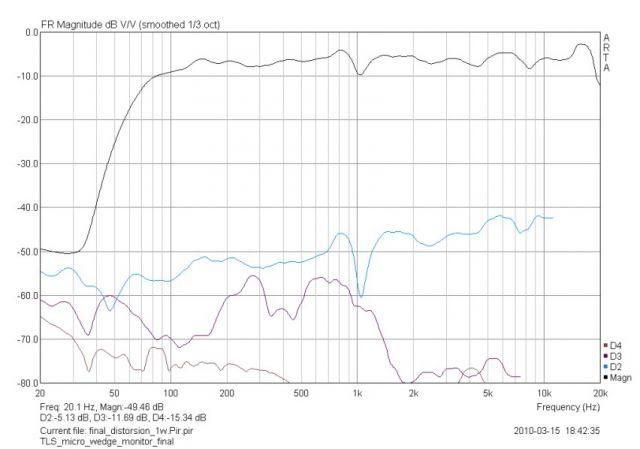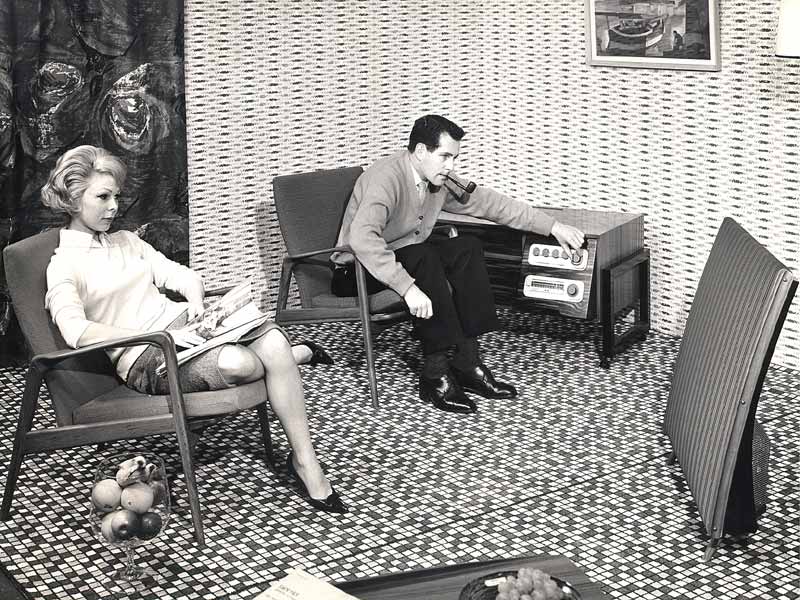-assuming a "fast" transient in the freq. range.
Even then - almost certainly doubtful.
Why?
ok. ...for 500Hz
just for the sake of moving the discussion forward
then what about 600, 700, 800 Hz?
20 cm, 30 cm, 40 cm etc. above the floor?
any ...tip please? 🙂
I do not dare ask for any formula... 😉
ok. ...for 500Hz
just for the sake of moving the discussion forward
then what about 600, 700, 800 Hz?
20 cm, 30 cm, 40 cm etc. above the floor?
any ...tip please? 🙂
I do not dare ask for any formula... 😉
-the tip was already provided for reflective conditions vs direct sound: The closer in time, the less effect. The faster the onset, the less effect.
Not much else for me to say on time and "reflections". 😱
Now there might be with respect to time, onset, and intensity with respect to Direct sound. 😉
It might not even be primarily an interaural effect.
The faster the onset, the less effect.
not the other way round? I mean: The slower the onset, the less effect?
not the other way round? I mean: The slower the onset, the less effect?
Context: "reflective conditions vs direct sound:"
The faster the onset, the less effect any reflective condition will have to direct sound.
ie. direct sound dominates with a fast onset.
the new Shahinian Larc is the most flooder-like of all Shahinian line, just 34 cm high:
http://www.mikemanningaudio.com/NEWTEST2010/IMAGES/SHAHINIAN/Arc_Larc650.jpg
http://www.mikemanningaudio.com/NEWTEST2010/IMAGES/SHAHINIAN/Arc_Larc650.jpg
the new Shahinian Arc is the most flooder-like of all Shahinian line, just 34 cm high:
http://www.mikemanningaudio.com/NEWTEST2010/IMAGES/SHAHINIAN/Arc_Larc650.jpg
I've heard a few of their designs back in the early '90s - quite flawed in design and execution, yet still capable of *very* nice sound.
One of the worst parts about the design wasn't really a flaw - more of a choice. The use of less efficient drivers for a more broad-band response. It was sort of like Vandersteen meets Spica (except more of a radial configuration than Spica). One of the key audible characteristics was a thick midrange sound, lack of dynamics, and limited spl.
The real problem however is that Ohm's loudspeakers had similar limitations but overall were better sounding for a similar price. (..though most audiophile purchasers at that time couldn't deal with the lack of clarity in the treble from the walsh-type driver.)
I have very unusual loudspeakers which I have built some time ago with those room-speaker interface things in mind. These are very short omnidirectional loudspeakers. They are just 20 cm high and have 8 inches wide range driver on top and firing upwards.
The loudspeakers are to work on the floor – the driver is only 20 cm above the floor – and against the wall.
8" coaxial. Could work in flooderish manner when placed on the floor against room side wall, Beveridge way. Tilted top panel helps directing ceiling reflection towards listening position.
Why no one is using in living room ? 😉
An externally hosted image should be here but it was not working when we last tested it.
Attachments
Why no one is using in living room ? 😉
[/IMG]
interesting question, what's Your theory? 🙂
Here we are back on perception of elevation of phantom images. My quick test earlier in this thread indicated high freqs should be directed at the ceiling, or lifted at the ear level, otherwise they seem to be perceived at very low.
Maybe this was not allways like this, or some people hear things differently.
For example here's Michael Gerzon listening setup for matrixed 4 speaker stereo. Quad ESL are placed on the floor, and due to their backwards tilt the high freqs radiate directly to listening position. The incidence angle seems rather low. Still this setup was used in high quality research at the time.
%20Surround-Sound-1-web.jpg)
%20Surround-sound-2-web.jpg)
Interesting question is since when tweeters got placed at the ear level in hifi systems ?
- Elias
Maybe this was not allways like this, or some people hear things differently.
For example here's Michael Gerzon listening setup for matrixed 4 speaker stereo. Quad ESL are placed on the floor, and due to their backwards tilt the high freqs radiate directly to listening position. The incidence angle seems rather low. Still this setup was used in high quality research at the time.
%20Surround-Sound-1-web.jpg)
%20Surround-sound-2-web.jpg)
Interesting question is since when tweeters got placed at the ear level in hifi systems ?

- Elias
If I would have to guess where the sound is coming from based on his posture, it's coming from the floor 😉
and from the posture of this doll:
I guess that she quite likes it this way, on the floor 😛
An externally hosted image should be here but it was not working when we last tested it.
I guess that she quite likes it this way, on the floor 😛
If I would have to guess where the sound is coming from based on his posture, it's coming from the floor 😉
Look, so many tweeters on the floor level 😱 The sound must be coming from the floor, right
 😀
😀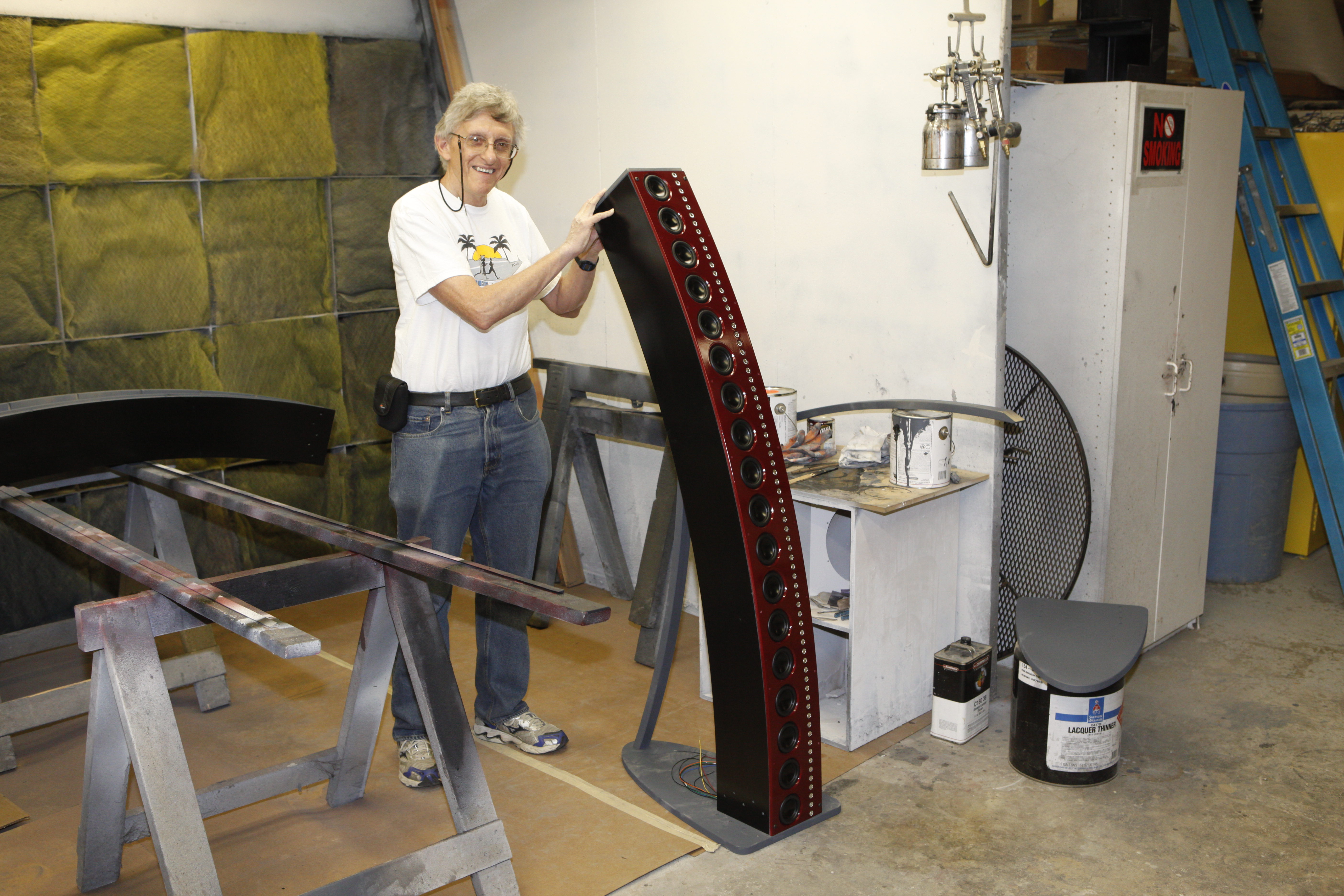
Last edited:
and from the posture of this doll:
An externally hosted image should be here but it was not working when we last tested it.
I guess that she quite likes it this way, on the floor 😛
She likes ?!? It rather looks she is pulling her hair out 😛
Look, so many tweeters on the floor level 😱 The sound must be coming from the floor, right😀
Look at the polar diagrams - the 0 degrees axis IS at floor level 🙂
Nevertheless, a "full" CBT with the 0 degress axis at ear level is probably a great idea.
Look at the polar diagrams - the 0 degrees axis IS at floor level 🙂
Yes, and the focal point of the waveform is indeed at the floor.
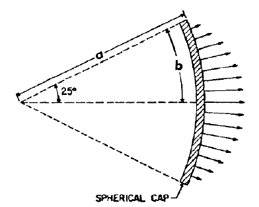
So, suddenly Keele's CBT has become a next worst thing, the sound is coming from the floor 🙄
But why no one is bothered by this fact ? 😕
Nevertheless, a "full" CBT with the 0 degress axis at ear level is probably a great idea.
I think floor to ceiling straight array is better, no floor and ceiling reflections, and the sound is allways coming from your ear height regardless sitting or standing.
- Elias
I think floor to ceiling straight array is better, no floor and ceiling reflections, and the sound is allways coming from your ear height regardless sitting or standing.
- Elias
I believe that approach radiates too much energy into the room.
- Home
- Loudspeakers
- Multi-Way
- The Advantages of Floor Coupled Up-Firing Speakers
